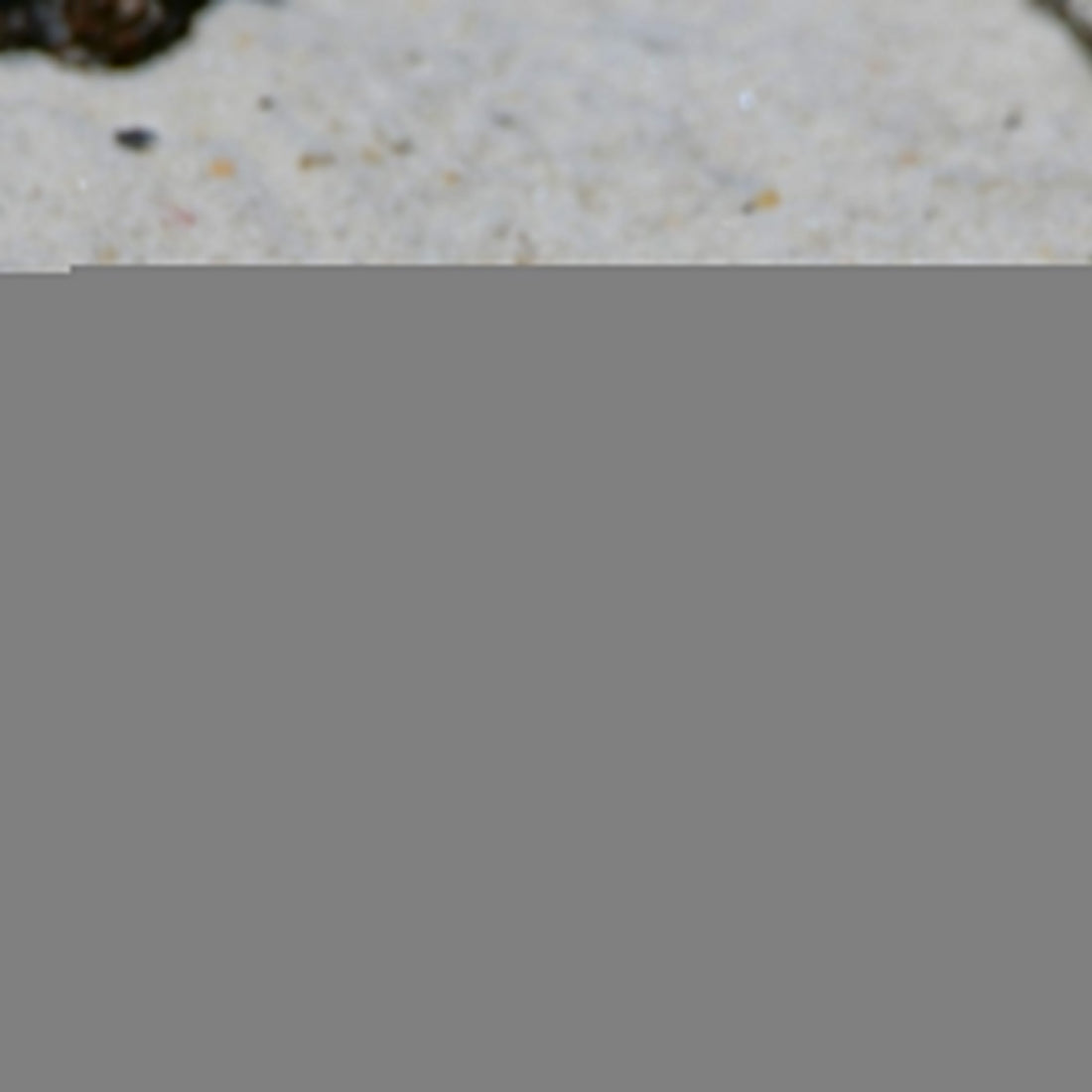
Bird Study Unit: Lesson 6 Bird Life Cycle
Share
Bird Study Unit: Lesson 6 Bird Life Cycle
Objectives:
Students will be able to describe how a bird changes throughout its lifespan.Materials:
CLICK ON THE LINKS TO VIEW, PRINT, OR DOWNLOAD MATERIALS- Life Cycle Pictures
- Post-it notes
- Bird Journal (vocabulary frame, bird life cycle)
- Vocabulary Card- Oviparous
- Student Texts
- Early Reader Level K: The Sparrow Egg
- Lesson 6 Easy Reader Kindergarten print 2 sided
- Early Reader Level 1: The Sparrow’s Life Cycle
- Lesson 6 Easy Reader First Grade print 2 sided
- Fluency Passage Level 2: The Sparrow’s Journey
- Lesson 6 Fluency Reader The Sparrow's Journey
Engage:
Show students a short video of a bird’s life cycle. Examples: Hummingbirds: Budgie:Explore:
Divide students into partners or small groups. Provide each group with a life cycle set mixed up/ out of order. Challenge the students to work together to put the pictures in order to show how the bird grows. As groups finish ordering the pictures, give them post-it notes and have them write words that describe how the bird looks in each picture. After the pictures have descriptions and order, allow the students to walk around and see the other group cycles. Discuss how the cycles are similar.Explain:
Tell the students that the stages in a bird’s life have names.- Egg- Birds are oviparous which means that they lay eggs. A bird’s life starts in an egg. Birds grow in the egg until they are ready to hatch.
- Nestling- After hatching, they stay in the nest and start to grow feathers. The parent birds must feed them and help them stay warm. They are called nestlings.
- Fledgelings- When birds first leave the nest, they are called fledgelings. They are like little kid birds and have grown many feathers and even started to have color.
- Juvenile- Juvenile birds are most like the adults, only smaller. They are like teenager birds.
- Adult- When they have grown up to full size and can lay their own eggs, they are considered adults.
Birds go through different stages of life and grow just like children maturing into adults. Most animals go through a similar process too. Regardless of the maturation, one question still remains, and no adul There are primarily four stages that a bird has to go through to become an adult and be able to fly like any other bird. Much like little kids, they are first completely dependent on their parents in the initial stages and slowly start to mature and rely on themselves.
1ST STAGE: INSIDE AN EGG
A bird’s very first stage in its bird life cycle is being inside an egg. Unlike humans, birds give birth in a different manner. You might already know that they lay eggs, and from these eggs come out tiny birds. However, the size and colour of the egg and the time it takes for it to hatch vary from one species to another.
The female bird keeps the egg warm until the baby bird inside has formed an ‘egg tooth’. An egg tooth is a hard covering over a baby bird’s beak that helps it crack the egg open from the inside and hatch!
2ND STAGE: HATCHLING OR NESTLING
The moment a bird hatches from the egg, it enters the second stage of its bird life cycle. The baby bird, now known as a hatchling, is very tiny and has hardly developed any feathers on its wings to be able to take flight. The hatchling sheds its bony egg tooth in this stage as well.
Completely dependent on its parents, the hatchling stays in the nest waiting for food. The little ones are called nestlings in this part of their bird life cycle since they are completely dependent on their parents for their safety and nutrition and are snuggled up in their nest all the time.
3RD and 4th STAGE: FLEDGELING AND JUVENILE
Known as a juvenile bird that has lost its soft down and starts to develop tiny feathers, this stage is the third stage in the bird life cycle of a bird. The juvenile bird develops feathers and muscles in the wings as it learns to fly and this is where they are known as fledgelings.
Fledgelings are still dependent on their parents for food for another couple of weeks. In this stage, however, the birds are still growing their wing’s muscles and the feathers haven’t yet become fully mature. Once their flight feathers grow, they take their first flight - known as a fledge.
5TH STAGE: ADULT
The fifth stage of the bird life cycle is the final stage for these little birds. From fledgelings with soft feathers, the birds have matured into capable adults with long and defined feathers and strong wing muscles. Completely able to fly on their own, these adult birds are not dependent on their parents for anything anymore and can protect themselves as well as gather food.
While this is the last stage of the bird life cycle, it also marks the beginning of another bird life cycle. This is because these very adult birds will now be able to mate with other female or male birds of the same species and will create their own hatchlings. From these hatchlings, the bird life cycle will begin again.
Many adult birds also choose to migrate away according to the season while some stay in the same place.
Birds go through different stages of life and grow just like children maturing into adults. Most animals go through a similar process too. t or child can solve it: what came first - the egg or the bird?
